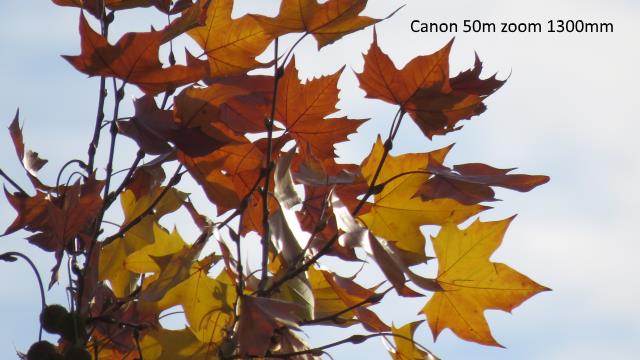The illusion of cheap zoom: Opteka 500mm or 650-1300mm
It may be called Opteka, Samyang, Jintsu, Andoer, Walimex, Kelda or have no name at all. The 500mm mirrored lens excites the imagination and one proudly shows off the pictures one tooks (painstakingly) with them. Pictures of average quality, however. We will see some examples.
What excites especially the imagination is that a 500mm mirror lens can sell less than a hundred dollars while it would take several thousand dollars for an equivalent brand lens.
Such a low price comes from several factors:
- It actually uses the lenses of a telescope but is adapted for cameras.
- It is not connected to the electronics of the camera that must be used in fully manual mode.
- The tripod is mandatory because the image is not stabilized.
- The aperture is reduced, between 6.3 to 16 or 8 to 16 depending on the manufacturer. So capture little light, we must use it in full sun or compensate by increasing the ISO.
- Focusing is done manually by turning the lens.
- You can shoot a subject at any distance, but with a single magnification level (around 25x always).
- It's heavy, weighs 350 grams or 700 grams depending on the manufacturer. The 350 gram model has a lower aperture of 8-16.
- I do not talk about 650-1300mm versions that weighs two or three kilograms.
- They are used on any camera with the T2 ring corresponding to the brand. For example T2 Nex for Sony Alpha.
Brand lens:
- Only suitable for the brand.
- It works in Auto mode, with autofocus, scene modes, special effects and all what electronics allows.
- The image is stabilized, it is never blurred. No need to use a tripod except to lengthen the exposure time.
- Above all, it allows you to zoom in on the subject.
- The quality of the lens allows to use the digital zoom and more. A 300mm focal lens for example zooms only 12 times, but with the digital zoom 48x is reached.
- Quality has a price. Often several times the cost of the camera!
It is not between these two types of lenses that I would make my choice in fact. The choice in this case depends on what you are willing to spend, so is purely personal. But there is also a non-personal choice. That we will see further.
What quality of photo for a mirror lens?
Photo taken at a distance of 50 meters:
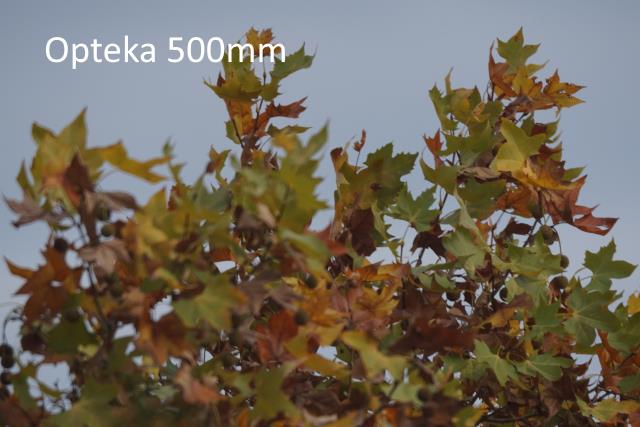
Photo taken at a distance of 1,2 km:
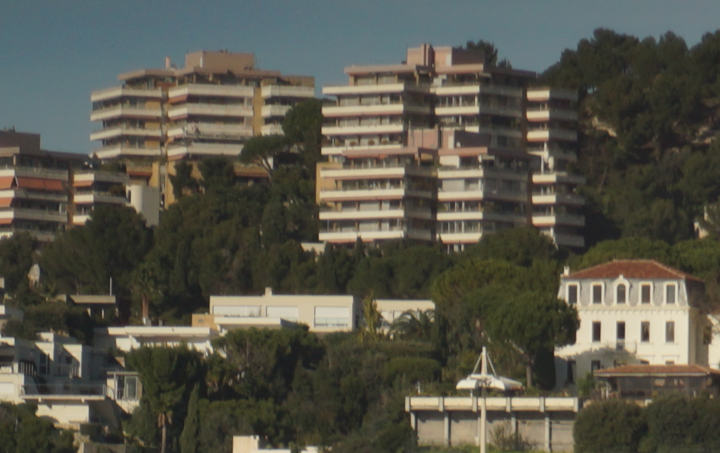
The image in this case is a little blurry despite the use of a tripod. It's the destiny that awaits you with a lens of this kind, what you see is not what you record, most of the photos will be blurred.
I have tried also the 2x teleconverter which is sometimes supplied in the package:
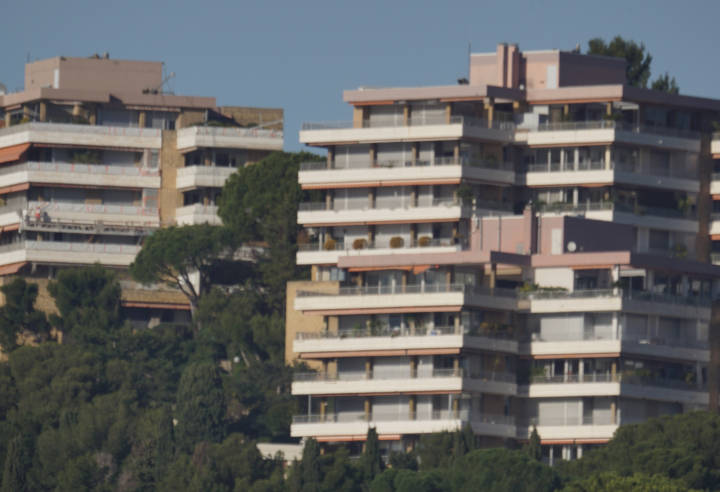
The picture is still pretty clear. When the digital zoom is added, all the tests gave me blurred images, so I found useless to publish them.
This is not an image that we would use on an advertising flyer. A post-treatment in Gimp would undoubtedly improve it, if we have time to lose ...
End of the demonstration for the mirror lens. It's actually the only thing for which you will see it used, showing the images you can get with such a lens, before storing it in a closet, because its limitations discourage any practical use.
Mirror lens vs. superzoom
For comparison, here is the image obtained with a compact Lumix TZ90, whose 30x optical zoom offers a magnification similar to that of the Opteka 500mm.
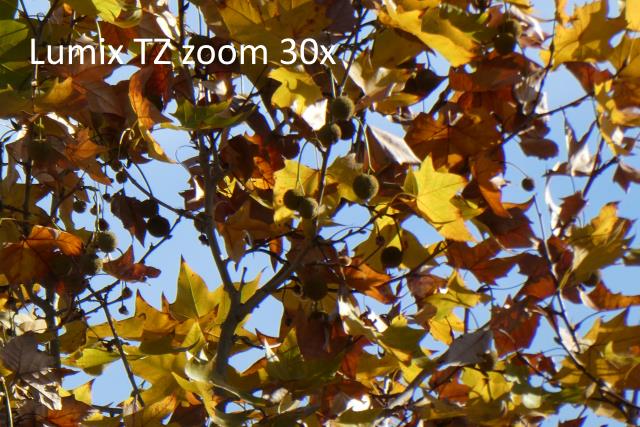
The image taken in Auto mode, without any search of focus, freehand, offers much brighter colors due to the larger aperture. And the camera only has a small sensor while the Opteka images here were taken with an APS-C sensor on a Sony A6000.
Picture obtained with the Sony A6000 with 3x optical zoom and 6x digital zoom:
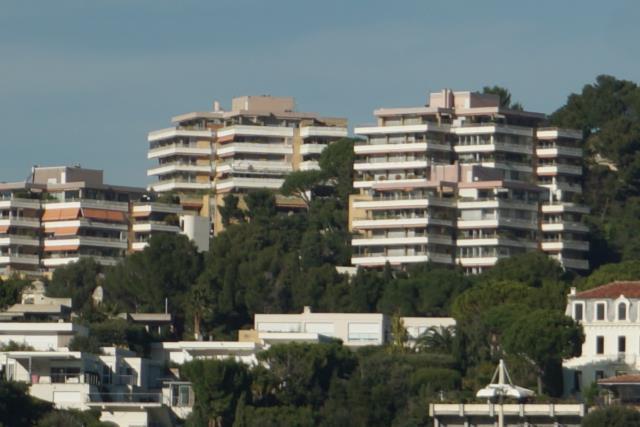
The sharpness of this photo has nothing to envy to that taken with the Opteka 500mm despite the use of a big digital zoom.
If this 500mm lens can be compared to the zoom of a compact camera, the 650-1300mm version of this kind of lens, and therefore 2600mm with a 2x teleconverter, should be compared to a bridge whose longest focal length is 1200mm for the Lumix FZ82, 1365mm for the Powershot SX70, 2000mm for the Nikon P900. That we can multiply by 2 or 4 with the digital zoom.
So, should we really buy such a lens, would not it be better, with a little additional money, to use a bridge instead to accompany a SLR or hybrid when we want to shot distant objects?
In terms of weight or space, the bridge camera does not require more than the mirror lens:
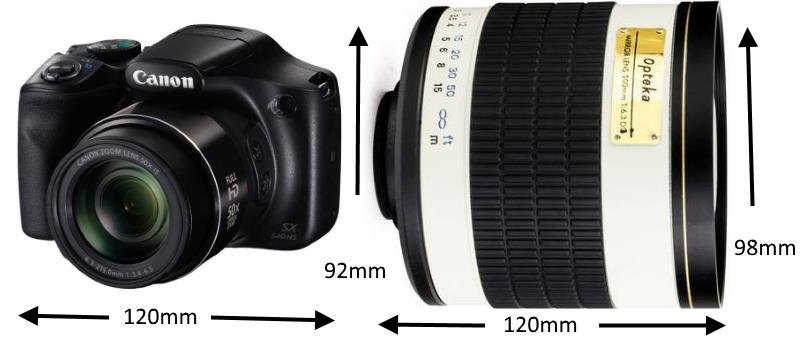
The benefit becomes even greater with a 650-1300mm telescopic lens...
This image is obtained at a distance of 50 meters and with a 60x zoom:
And with the digital zoom, more than 120x or 2600mm:
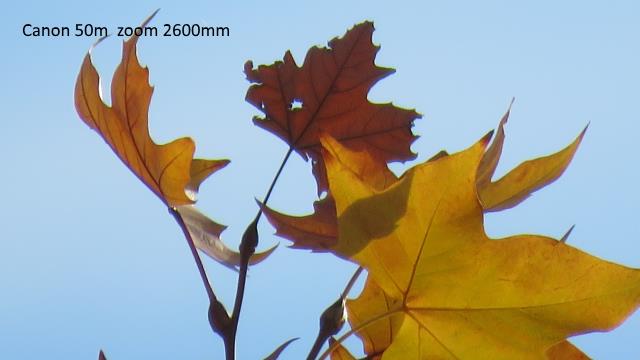
The previous panoramic view, this time shot with the Canon SX60 and 25x magnification:
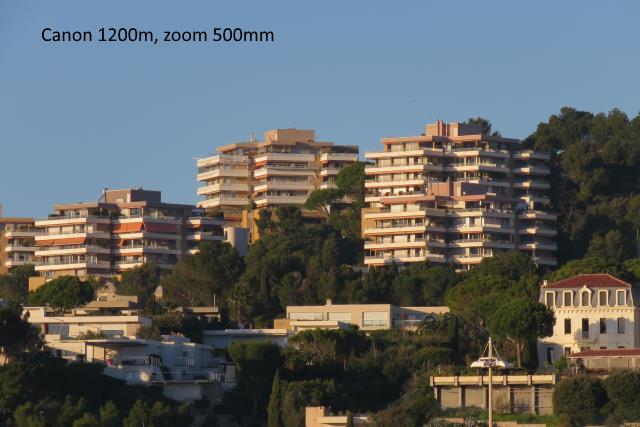
Compared sizes between the camera used, a Canon SX60, a 21-1365mm bridge with the Samyang 650-1300mm lens whose price is equal, and next to a Sony A6000 to which it is added.

So we would use a SLR or a hybrid for its ability to produce sharper and more colorful photos, then we would add this lens to get a big zoom but losing the autofocus and stabilization, and to get the images of a cheap telescope for kids.
One would then lose all the advantages compared to a bridge like the SX60 which besides the focal length of 1300mm, offers the autofocus and the stabilization and which has even less size and weight.
For a higher price we can also get very good pictures with the Canon G3X (600mm), the Sony RX10 IV (600mm) or the Panasonic FZ2500 (480mm), focal length doubled at 1200mm or 960mm with the digital zoom, a total zoom of 50x or 40x.
See also: Which bridge camera with big zoom to choose?







